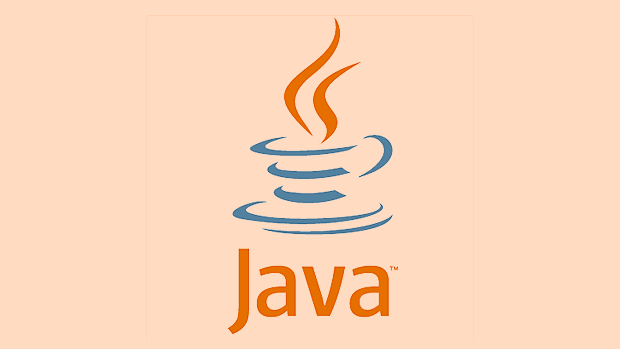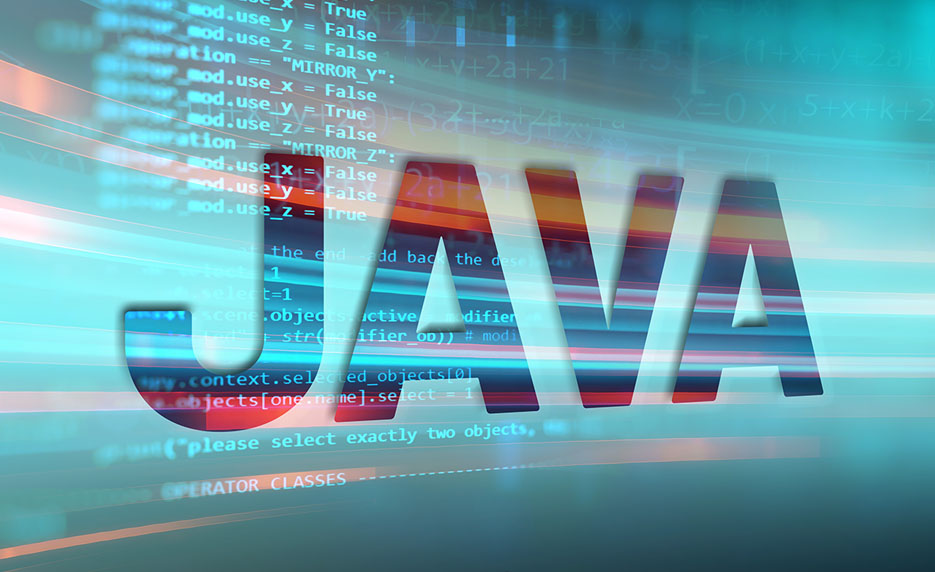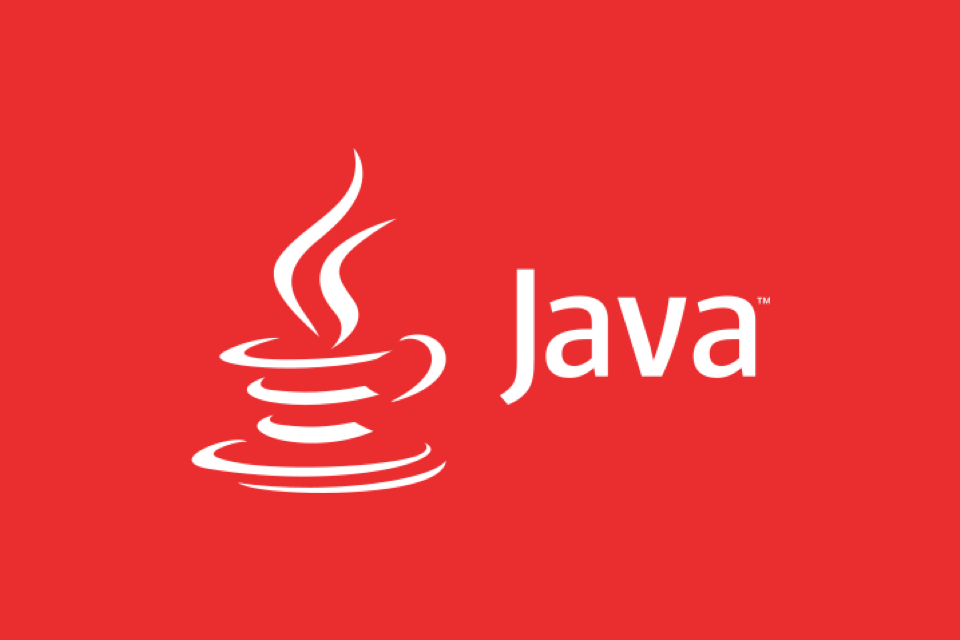Java has evolved significantly from Java 8 to Java 21 with key improvements in language features, APIs, performance, and tooling; developers should upgrade to modern LTS versions like Java 17 or 21 to benefit from cleaner syntax, enhanced safety, and better performance. 2. Key language features include var for local-variable type inference, switch expressions for safer and more concise code, records for immutable data carriers without boilerplate, and pattern matching to eliminate explicit casting. 3. Important API enhancements include Stream.toList() for shorter stream collection, Optional.isEmpty() for improved readability, the modern HttpClient for HTTP/2 and async support, and new String methods like isBlank(), lines(), strip(), and repeat(). 4. Performance and tooling improvements include low-latency garbage collectors like ZGC and Shenandoah, strong encapsulation via the module system requiring --add-opens for internal API access, and the ability to run single-file source code directly without compilation. 5. To modernize from Java 8, start with Java 17 or 21, adopt var and records where appropriate, use updated APIs, test with modern GCs for low-latency needs, scan for deprecated APIs using jdeprscan, and ensure build tools are updated for seamless integration, resulting in safer, cleaner, and more maintainable code.

Java has evolved significantly from Java 8—the long-standing favorite among developers—to the modern, feature-rich Java 21. If you're still writing Java 8-style code or just catching up, here’s a practical guide to the key changes and improvements that matter most to developers.

1. Language Features: Beyond Lambdas
Java 8 introduced lambdas and functional interfaces, revolutionizing how we write collections code. But newer versions have added syntax that makes code cleaner and safer.
Local-Variable Type Inference (var) – Java 10
You no longer need to repeat types in local variable declarations:

// Before Map<String, List<Integer>> userData = new HashMap<>(); // Now var userData = new HashMap<String, List<Integer>>();
var improves readability, especially with complex generics. Just remember: it’s still statically typed—no dynamic typing here.
Switch Expressions – Java 14 (Standard in 17)
Switch statements got a major upgrade:

// Old way
String dayType;
switch (day) {
case "MON", "TUE": dayType = "Weekday"; break;
case "SAT", "SUN": dayType = "Weekend"; break;
default: dayType = "Invalid";
}
// New way
String dayType = switch (day) {
case "MON", "TUE" -> "Weekday";
case "SAT", "SUN" -> "Weekend";
default -> "Invalid";
};It’s expression-based, safer (exhaustiveness checks), and avoids fall-through bugs.
Records – Java 16
Need a simple data carrier? Records eliminate boilerplate:
public record User(String name, int age) { }Auto-generates constructor, accessors, equals(), hashCode(), and toString(). Great for DTOs, REST payloads, or immutable data.
Pattern Matching (instanceof & switch) – Java 16/17/21
No more casting after instanceof:
// Before
if (obj instanceof String) {
String s = (String) obj;
System.out.println(s.toUpperCase());
}
// Now
if (obj instanceof String s) {
System.out.println(s.toUpperCase());
}And with switch (Java 21):
String result = switch (shape) {
case Circle c -> "Radius: " c.radius();
case Rectangle r -> "Area: " r.width() * r.height();
default -> "Unknown";
};Less boilerplate, fewer bugs.
2. API & Library Improvements
New APIs in java.util and java.util.stream
Stream.toList()– Java 16: Shorter thancollect(Collectors.toList())List<String> names = users.stream().map(User::name).toList();
Optional.isEmpty()– Java 11: More readable than!opt.isPresent()if (userOptional.isEmpty()) { ... }
HttpClient – Java 11 (Standard in 17)
Replaces the old, clunky HttpURLConnection. Supports HTTP/2 and async:
var client = HttpClient.newHttpClient();
var request = HttpRequest.newBuilder(URI.create("https://api.example.com/users"))
.GET()
.build();
var response = client.send(request, BodyHandlers.ofString());
System.out.println(response.body());Also supports async with sendAsync().
String Enhancements
isBlank(),lines(),strip(),repeat()– Java 11/12"hello".repeat(3); // "hellohellohello" text.lines().forEach(System.out::println); // Stream of lines
3. Performance, Security, and Tooling
Garbage Collectors (G1, ZGC, Shenandoah)
- G1GC became default in Java 9, better for large heaps.
- ZGC (Java 11 , production-ready in 15): Low-latency GC, pauses under 10ms, scales to TBs.
- Shenandoah (Java 12 ): Similar to ZGC, independent of heap size.
Enable ZGC:
java -XX: UseZGC MyApp
Strong Encapsulation with --illegal-access (Java 16 )
Java tightened module encapsulation. Direct access to internal APIs (like sun.misc.Unsafe) is blocked by default. If you rely on reflection or internal APIs, you may need:
--add-opens java.base/java.lang=YOUR_MODULE
Best practice: migrate off internal APIs.
Launch Single-File Source Code – Java 11
Run Java files directly without compiling:
java MyScript.java
Great for scripts, learning, or small utilities.
4. What You Should Do Now
If you're on Java 8, upgrading doesn’t mean rewriting everything. Here’s how to move forward:
- Start with Java 17 (LTS): Long-term support, solid, widely adopted.
- Then consider Java 21 (Latest LTS): Better performance, more features.
-
Use
varwisely: Only when type is obvious. - Replace POJOs with records where appropriate.
- Modernize streams and collections with new APIs.
- Test with newer GCs if low latency matters.
-
Use
jdeprscanto find deprecated APIs in your code.
Also, build tools like Maven and Gradle have excellent Java 17 /21 support now, so CI/CD updates are usually smooth.
Upgrading from Java 8 to 21 isn’t just about new syntax—it’s about writing safer, cleaner, and more maintainable code with better tooling and performance. The ecosystem has moved on, and so should you.
Basically: start small, use LTS versions, and embrace the quality-of-life improvements. It’s not a revolution, but the evolution makes a real difference.
The above is the detailed content of From Java 8 to Java 21: A Developer's Guide. For more information, please follow other related articles on the PHP Chinese website!

Hot AI Tools

Undress AI Tool
Undress images for free

Undresser.AI Undress
AI-powered app for creating realistic nude photos

AI Clothes Remover
Online AI tool for removing clothes from photos.

Clothoff.io
AI clothes remover

Video Face Swap
Swap faces in any video effortlessly with our completely free AI face swap tool!

Hot Article

Hot Tools

Notepad++7.3.1
Easy-to-use and free code editor

SublimeText3 Chinese version
Chinese version, very easy to use

Zend Studio 13.0.1
Powerful PHP integrated development environment

Dreamweaver CS6
Visual web development tools

SublimeText3 Mac version
God-level code editing software (SublimeText3)

Hot Topics
 What is the `enum` type in Java?
Jul 02, 2025 am 01:31 AM
What is the `enum` type in Java?
Jul 02, 2025 am 01:31 AM
Enums in Java are special classes that represent fixed number of constant values. 1. Use the enum keyword definition; 2. Each enum value is a public static final instance of the enum type; 3. It can include fields, constructors and methods to add behavior to each constant; 4. It can be used in switch statements, supports direct comparison, and provides built-in methods such as name(), ordinal(), values() and valueOf(); 5. Enumeration can improve the type safety, readability and flexibility of the code, and is suitable for limited collection scenarios such as status codes, colors or week.
 What is the interface segregation principle?
Jul 02, 2025 am 01:24 AM
What is the interface segregation principle?
Jul 02, 2025 am 01:24 AM
Interface Isolation Principle (ISP) requires that clients not rely on unused interfaces. The core is to replace large and complete interfaces with multiple small and refined interfaces. Violations of this principle include: an unimplemented exception was thrown when the class implements an interface, a large number of invalid methods are implemented, and irrelevant functions are forcibly classified into the same interface. Application methods include: dividing interfaces according to common methods, using split interfaces according to clients, and using combinations instead of multi-interface implementations if necessary. For example, split the Machine interfaces containing printing, scanning, and fax methods into Printer, Scanner, and FaxMachine. Rules can be relaxed appropriately when using all methods on small projects or all clients.
 Asynchronous Programming Techniques in Modern Java
Jul 07, 2025 am 02:24 AM
Asynchronous Programming Techniques in Modern Java
Jul 07, 2025 am 02:24 AM
Java supports asynchronous programming including the use of CompletableFuture, responsive streams (such as ProjectReactor), and virtual threads in Java19. 1.CompletableFuture improves code readability and maintenance through chain calls, and supports task orchestration and exception handling; 2. ProjectReactor provides Mono and Flux types to implement responsive programming, with backpressure mechanism and rich operators; 3. Virtual threads reduce concurrency costs, are suitable for I/O-intensive tasks, and are lighter and easier to expand than traditional platform threads. Each method has applicable scenarios, and appropriate tools should be selected according to your needs and mixed models should be avoided to maintain simplicity
 Differences Between Callable and Runnable in Java
Jul 04, 2025 am 02:50 AM
Differences Between Callable and Runnable in Java
Jul 04, 2025 am 02:50 AM
There are three main differences between Callable and Runnable in Java. First, the callable method can return the result, suitable for tasks that need to return values, such as Callable; while the run() method of Runnable has no return value, suitable for tasks that do not need to return, such as logging. Second, Callable allows to throw checked exceptions to facilitate error transmission; while Runnable must handle exceptions internally. Third, Runnable can be directly passed to Thread or ExecutorService, while Callable can only be submitted to ExecutorService and returns the Future object to
 Best Practices for Using Enums in Java
Jul 07, 2025 am 02:35 AM
Best Practices for Using Enums in Java
Jul 07, 2025 am 02:35 AM
In Java, enums are suitable for representing fixed constant sets. Best practices include: 1. Use enum to represent fixed state or options to improve type safety and readability; 2. Add properties and methods to enums to enhance flexibility, such as defining fields, constructors, helper methods, etc.; 3. Use EnumMap and EnumSet to improve performance and type safety because they are more efficient based on arrays; 4. Avoid abuse of enums, such as dynamic values, frequent changes or complex logic scenarios, which should be replaced by other methods. Correct use of enum can improve code quality and reduce errors, but you need to pay attention to its applicable boundaries.
 Understanding Java NIO and Its Advantages
Jul 08, 2025 am 02:55 AM
Understanding Java NIO and Its Advantages
Jul 08, 2025 am 02:55 AM
JavaNIO is a new IOAPI introduced by Java 1.4. 1) is aimed at buffers and channels, 2) contains Buffer, Channel and Selector core components, 3) supports non-blocking mode, and 4) handles concurrent connections more efficiently than traditional IO. Its advantages are reflected in: 1) Non-blocking IO reduces thread overhead, 2) Buffer improves data transmission efficiency, 3) Selector realizes multiplexing, and 4) Memory mapping speeds up file reading and writing. Note when using: 1) The flip/clear operation of the Buffer is easy to be confused, 2) Incomplete data needs to be processed manually without blocking, 3) Selector registration must be canceled in time, 4) NIO is not suitable for all scenarios.
 Exploring Different Synchronization Mechanisms in Java
Jul 04, 2025 am 02:53 AM
Exploring Different Synchronization Mechanisms in Java
Jul 04, 2025 am 02:53 AM
Javaprovidesmultiplesynchronizationtoolsforthreadsafety.1.synchronizedblocksensuremutualexclusionbylockingmethodsorspecificcodesections.2.ReentrantLockoffersadvancedcontrol,includingtryLockandfairnesspolicies.3.Conditionvariablesallowthreadstowaitfor
 How Java ClassLoaders Work Internally
Jul 06, 2025 am 02:53 AM
How Java ClassLoaders Work Internally
Jul 06, 2025 am 02:53 AM
Java's class loading mechanism is implemented through ClassLoader, and its core workflow is divided into three stages: loading, linking and initialization. During the loading phase, ClassLoader dynamically reads the bytecode of the class and creates Class objects; links include verifying the correctness of the class, allocating memory to static variables, and parsing symbol references; initialization performs static code blocks and static variable assignments. Class loading adopts the parent delegation model, and prioritizes the parent class loader to find classes, and try Bootstrap, Extension, and ApplicationClassLoader in turn to ensure that the core class library is safe and avoids duplicate loading. Developers can customize ClassLoader, such as URLClassL






